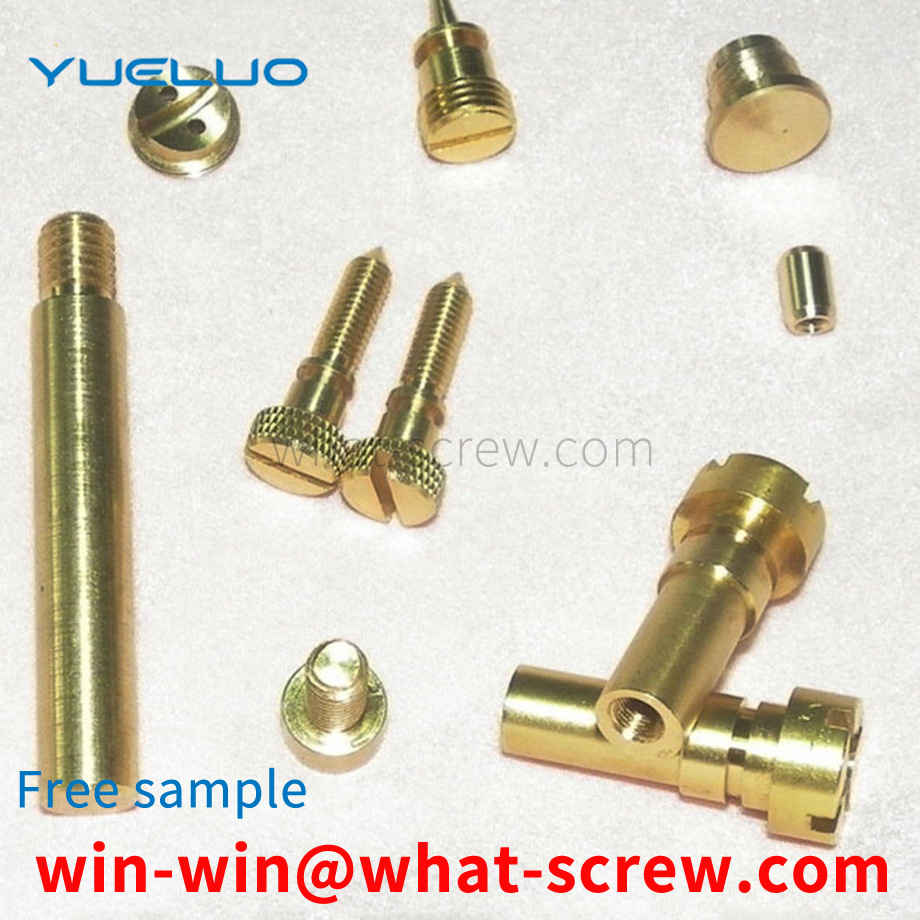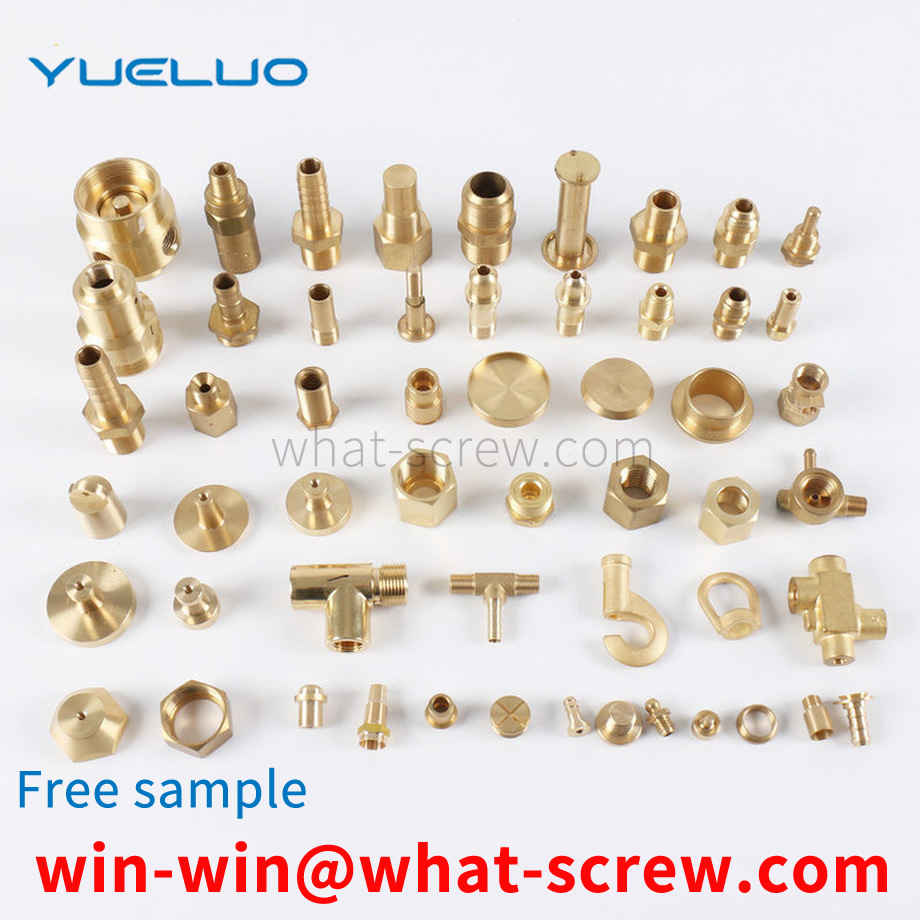Cylindrical pins are generally used to connect, lock parts or for assembly positioning, and can also be used as parts of safety devices. The cylindrical pin is fixed in the pin hole by interference fit with the pin hole to fix parts, transmit power, or act as a positioning member. The prior art cylindrical pin press-fitting is shown in Figure 1. This kind of cylindrical pin prevents the cylindrical pin body from withdrawing through the locking force and axial friction force brought by the interference fit between the cylindrical pin body and the pin hole. However, the interference of the cylindrical pin body will gradually decrease during use, so that the firmness of the connection and the positioning accuracy will gradually decrease. Therefore, the cylindrical pin can be easily withdrawn during use, resulting in potential safety hazards.
In many national standards, there will be a division of intensity levels. Combination screws are no exception. The strength grade of the combined screw is divided according to the material of the screw wire and the hardness index of the screw wire. General combination screw materials are divided into stainless steel and iron, stainless steel is divided into stainless steel 201, stainless steel 304 and stainless steel 316 and so on. Iron is divided into three types: low carbon steel, medium carbon steel, and high carbon steel. Carbon steel combination screws refer to iron combination screws. Generally, iron combination screws are classified into grades 4.8, 8.8, 10.9, and 12.9. However, the combination screws of grade 10.9 and grade 12.9 are rarely used in the market, so we will not talk about them here. And the combination screws on the market are more commonly used combination screws of grade 4.8 and 8.8. 4.8 grade combination screws are generally made of 1010A screw wire rods. After the screw wire rods are beaten into screws, they are combined with spring flat washers. After production, this 4.8 grade combination screw does not need to be hardened. Its hardness can reach 4.8. 8.8 grade combination screws are generally made of screw wire 10B21 piers. After the screw and wire piers are made into screws, they are equipped with spring washers and flat washers. They can pass through the automatic elastic flat washer machine to rub the three pieces together. Fasten the spring-flat washer combination on the screw, and the spring-flat washer will not fall off. After the combination screw is produced, it needs to be hardened to make the hardness reach 8.8. After the hardness reaches 8.8, we need to take it for electroplating. In order to prevent hydrogen embrittlement of the spring washer in the 8.8-level combination screw with added hardness, it is easy to break. In this way, we have to perform hydrogen removal treatment on the hardened combined screws, and only after the hydrogen removal can be plated. In short, there are many kinds of standard grades of combined screw strength, but generally only two types are used in the market, one is the 4.8-level combined screw strength, and the other is the 8.8-level combined screw strength. 4.8-level combination screws are the most used in the market and customer needs, and have a wide range of applications. As for the standard strength of 8.8-level combination screws, we generally refer to 8.8-level hexagon socket head combination screws, 8.8-level pan head combination screws, and 8.8-level external hexagon combination screws. These three are more commonly used.
Riveting nut tool is a special installation tool for riveting nut, including pneumatic riveting nut and electric riveting nut. Pneumatic riveting nut tool has the advantages of fast speed and large pulling force, but it is difficult to rotate into and unscrew the riveted nut. The rotating blade of the moving motor is frequently used or in a slightly dusty working environment, it will suddenly get stuck and not work, there is a great hidden danger of motor crash, and the torque of the air motor is small due to the limitation of the volume, although the riveting pulling force can be done to larger defects, but the volume also increases.
However, due to a radial external tension, the external tension is caused by the tightening axial force generated by the tightening torque, and the phenomenon of open ring expansion occurs, and the spring washer often breaks due to hydrogen embrittlement. The nut exerts uneven pressure on the flat washer through the spring washer. And the friction coefficient between the spring washer and the nut and the flat washer is very small, and the phenomenon of vibration, rotation and relaxation occurs.
Fasteners are a type of mechanical parts that are used for fastening connections and are widely used. Fasteners are used in a wide range of industries, including energy, electronics, electrical appliances, machinery, chemicals, metallurgy, molds, hydraulics, etc., in various machinery, equipment, vehicles, ships, railways, bridges, buildings, structures, tools, instruments, etc. , chemical industry, instruments and supplies, etc., all kinds of fasteners can be seen, which are the most widely used mechanical basic parts. It is characterized by a wide variety of specifications, different performance uses, and a very high degree of standardization, serialization and generalization. Therefore, some people also refer to a type of fasteners with existing national standards as standard fasteners, or simply as standard parts.
We have many years of experience in the production and sales of screws, nuts, flat washers, etc. The main products are: Washers spring washers, 0.75mm, single-head hexagon studs, half-round head bolts and other products, we can provide you with suitable fastening for you piece solution.



















 Service Hotline
Service Hotline




